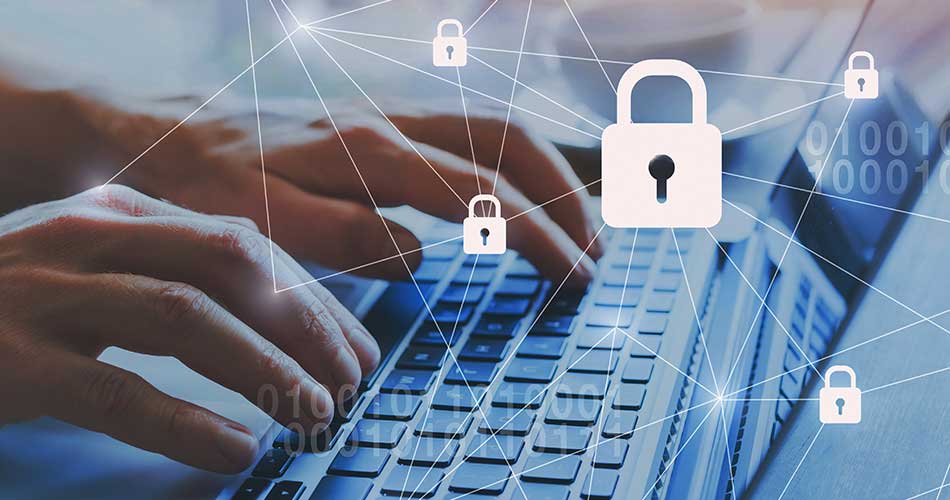By Celu Ramasamy
The tech industry has had a momentous year in 2018, with several new technologies claiming the hearts and minds of insiders and observers alike. Innovations like blockchain, AI, and neural networks dominated headlines with their game-changing potential, and for good reason. These technologies permeate into every sector, from public services to business, and create new opportunities for disruption and innovation.
Even so, these leaps forward are not without their risks. New technologies are always slightly ahead of the security designed to protect them. Blockchain has created thousands of new ideas and businesses, but it has come with a bevy of high-profile hacks, attacks and vulnerabilities. Supply chains, which have made tremendous upgrades in communication and precision, remain open to potentially devastating hacks.
Fortunately, cyber security has continued its steady pace of innovation, and there new solutions emerge daily. IT departments and professionals should always be on the lookout for new tools that could aid them. Top cyber security IT pros will be following these trends in 2019.
1.) Predictive cyber protection gets a boost with AI.
Analytics has become a prominent part of most organizations’ technology infrastructure. Advances in predictive analytics and AI mean that organizations are more capable than ever before at diagnosing and understanding their security in real-time. For instance, the field of fraud prevention and anti-money laundering has received a massive boost. As GigaSpaces VP of Product Yoav Einav points out, “machine learning and deep learning models can determine which transactions are most likely to be fraudulent automatically and efficiently, with fewer false positives.”
For financial services providers, banks, and other businesses, the ability to understand patterns and trends that could indicate fraud is vital. More importantly, the capability of having this information in real-time makes it easier to spot and detect fraud. As AI and machine learning continue to improve in 2019 and beyond, predictive cyber protection will become a norm, not an exception.
2.) Self-Evaluating applications will continue to evolve.
In addition to detecting external threats, AI and machine learning will continue to play an important role in helping applications protect themselves. For human operators, it is not always easy to detect small vulnerabilities in massive networks, leaving some areas inevitably exposed and without real protection. Automation is already a vital trend in tech, but its combination with AI has given it new wings to spread into different areas. One of the biggest new movements in the upcoming year will be the rise of runtime application self-protection (RASP), which will be able to detect problems without human intervention.
RASPs provide an additional layer of security as they detect, diagnose, and defend against attacks that happen at an application level, such as SQL injections. Per a report from Gartner, nearly 40 percent of enterprise-level businesses will be using RASPs to some extent by 2020.
3.) The authentication revolution.
Even though the value of the information we store online continuously grows larger, the tools we use to keep that data safe remain woefully obsolete. Passwords are useful for verification and identification purposes, but they are also notoriously poor tools when it comes to guaranteeing data security. More recently biometric verification, 2-factor authentication, and other methods have started replacing passwords, but 2019 and beyond should be a stepping stone for a new change.
For one, Identity-as-a-service (IDaaS) are becoming increasingly popular and removing the need for passwords. Fast Identity Online (FIDO), which uses biometric or vocal recognition, is becoming more widely accepted and presents a more secure alternative to passwords. Even technology like blockchain offers a significant upgrade in verifying and authenticating users thanks to robust, transparent protocols that remove the need for obsolete and unsafe passwords.
4.) Perspectives changing on data security governance.
Data has been in the news several times in 2018, mostly in a negative light. This year has already seen several high-profile security breaches, and not even companies like Facebook are safe from a massive attack that affected 50 million users’ data. Moreover, the speed at which data is generated, stored, and shared has increased exponentially. In this new unexplored environment, understanding the best practices for governing data and ensuring its security is paramount to safety.
As these issues continue to pop up and take over headlines, companies are going to continue reevaluating their data security governance to find better ways to adapt. Areas like big data governance and cloud governance will become larger issues as organizations continue to embrace these new fields. As our understanding of these technologies expands, data security governance will evolve to keep up with these changing paradigms.
5.) BYOD will continue expanding and adding security challenges.
BYOD (bring your own device) is one of the most popular trends in business IT, as it reduces corporate costs, makes remote working easier, and has been shown to increase productivity when deployed properly. However, accounting for every user’s security standards is a logistical nightmare for IT departments. Most workers do not keep the same high bar set by corporate regulations and can create serious vulnerabilities for even the most secure networks.
Next year will see an intersection of rising popularity and a need for a safer way to implement BYOD policies. Whether it be through verification systems that lock sensitive data or parts of the network or simply through smarter and more secure networks, the technology is here to stay, and security will have to keep pace.

